Long-term planning regarding use of the rail network assumes that demand for rail freight haulage will increase steadily. The Government quantified this in December 2023 by saying that the target should be to grow volume by at least 75% by 2050.
However, statistics issued by the Office of Rail and Road (ORR) on June 6 reveal that there was no growth in tonne kilometres moved in the year ended March 31, with the amount of freight lifted declining by 6% to 69 million tonnes.
Long-term planning regarding use of the rail network assumes that demand for rail freight haulage will increase steadily. The Government quantified this in December 2023 by saying that the target should be to grow volume by at least 75% by 2050.
However, statistics issued by the Office of Rail and Road (ORR) on June 6 reveal that there was no growth in tonne kilometres moved in the year ended March 31, with the amount of freight lifted declining by 6% to 69 million tonnes.
The publication of ORR figures for market share lags behind, but for the 2022 calendar year statistics showed that road use dominated with an 81% share of tonne kilometres, with waterborne traffic recording 12%, leaving rail with a diminished share of 7%. The statistics are worse for tonnage lifted, where road transport recorded 90%, waterborne 5%, and rail falling to just 4%.
Rail traffic measured in tonne kilometres has fallen by 31% in the past decade from 22.70 billion to 15.76 billion. And there has been an even greater decline in the amount of freight lifted, which fell from 109 million to 69 million tonnes.
Decline is wholly accounted for by the movement of coal. A decade ago, 52 million tonnes was carried, mainly to coal-burning power stations. But these have been progressively closed, so that in the past year only three plants remained. As a result, the amount of coal carried fell to 4.4 million tonnes.
The likelihood is that early legislation following the General Election will enable the Great British Railways Transition Team to implement the market development plan proposed by its Strategic Freight Unit, with the aim of reversing the decline and creating the conditions for long-term growth.
Freight development strategies are essential, as there will be change to the make-up of available markets, which has been seen in the extreme with the move away from using coal for electricity generation.
There are also other industry changes to contend with. In the steel industry, blast furnaces are closing, and with that the demand for bulk raw materials such as iron ore, coke and limestone, replaced by scrap metal needed to feed electric arc furnaces. Bulk movement commodities will thus be replaced by fragmented supply sources.
So, not only is there a need to gain new rail traffic to reflect the growth ambition, but also to replace the movement of bulk commodities where the demand no longer exists.
What was categorised as General Merchandise (also described as Sundries) and Parcels (considered as passenger-rated traffic conveyed either on timetabled trains or on dedicated services) disappeared from the railway network following the growth of the distribution industry, which emerged as the motorway network expanded and larger lorries were permitted.
Although providing significant income streams, financial evaluation of these traffics during the Beeching period revealed that unsustainable losses were being incurred as a result of the multitude of goods yards, the cost of trip working, and low utilisation of equipment.
It was in this period that operational strategy developed, on the basis that the unit of movement must be a train that avoided intermediate shunting and trip working. Hence the Liner train product and the plan to develop intermodal terminals throughout the country, which included the short-sea routes.
What was intended did not work out, because the replacement of rail by road tripping to terminals, combined with the cost of the intermodal lift, replicated in a modern form what had been the previous pattern of working. As these were open terminals, road hauliers soon found that in most circumstances it was more economic to operate the loaded lorry to its final destination.
Freightliner (as it became known) would have been a failure had it not been for containerisation of the deep-sea shipping routes, which enabled containers to be loaded to rail at ports without any cost disadvantage compared with the road hauliers. But the destination terminals were heavily pruned, and those that remained needed a high throughput to be economic.
It is a great tribute to those who finalised the Liner train concept that standard ISO containers were built, rather than using earlier container types. That decision meant that international shipping boxes were compatible with Britain’s restricted loading gauge (although the height of containers has increased to 9ft 6in, requiring route clearance work and/or low platform wagons).
The growth in containerised deep-sea volume has seen intermodal trains from the largest ports increase to the point where it has replaced coal as the largest traffic category in Britain, holding a 35% share in terms of tonne kilometres.
It is likely to be the biggest contributor to growth. And unlike the adverse environment for bulk traffic, a shift from High Street retail purchases to online home shopping has meant the need for a growing number of large-scale fulfilment centres that justify rail connections.
Growth will depend on the capacity of rail facilities at relevant ports such as Felixstowe, London Gateway, Southampton and Liverpool, on the ability to path trains, and on the continuing increase in the number of rail-connected distribution centres.
The rail product cannot stand still, with infrastructure investment to run longer trains and provide gauge clearance, and proposals to introduce automatic coupling for freight vehicles. This will enable digital analysis of wagon performance with real-time data monitoring the running gear, which will be an invaluable tool to respond to defects.
Interest continues to be attracted to the powered bogie concept, which is the basis for developing a freight multiple unit that offers the opportunity to expand the geographic reach of the freight network.
Ultimately, freight growth will be down to its competitiveness in the market. This raises questions about a proposed increase in track access charges, which has the potential to bring an unfavourable cost comparison with charges for accessing the road network.
There is already a regime that recognises the non-financial benefit of switching traffic from road to rail by the use of Mode Shift Revenue Support grant, which provides funding if the cost of rail is greater than the comparable road movement.
The budget has been restricted and is typically £20 million annually, which results in a cap on successful applications.
Rail has already navigated a shift from bulk to distribution needs. But actions will need to be taken in the future to deliver growth.
Login to continue reading
Or register with RAIL to keep up-to-date with the latest news, insight and opinion.

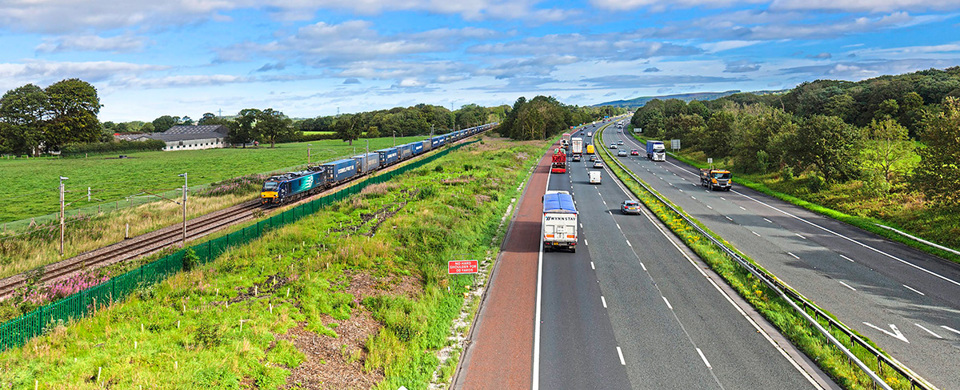

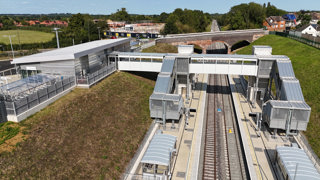
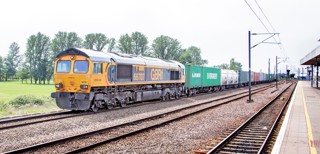

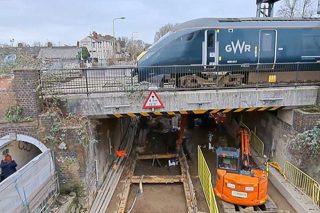
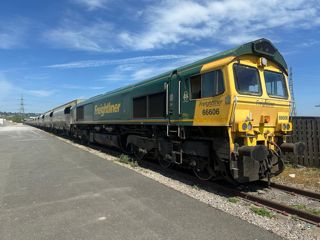




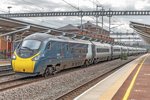







Login to comment
Comments
No comments have been made yet.